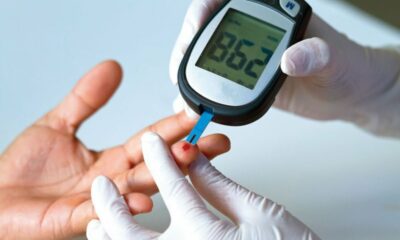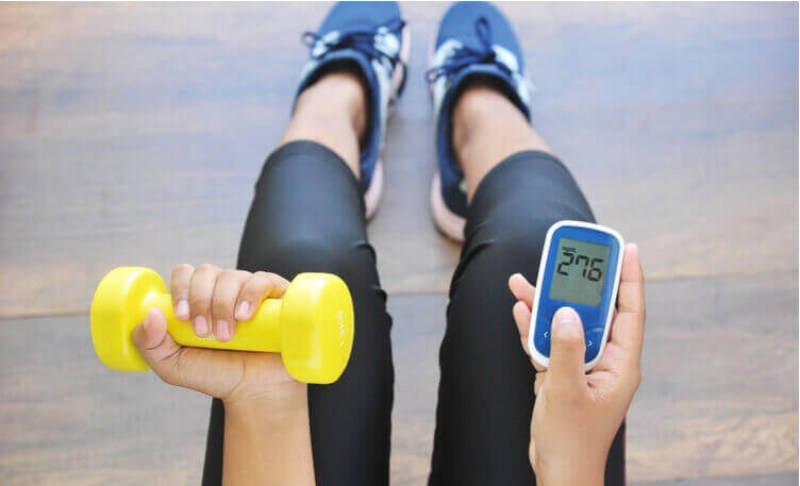Exercise is one of the most effective ways to regulate blood sugar, improve insulin sensitivity, and maintain overall health. Whether you are managing diabetes, pre-diabetes, or simply want to maintain balanced blood sugar, incorporating regular physical activity into your routine can make a significant difference. This article will explore how different types of exercises—such as aerobic, resistance training, and high-intensity interval training (HIIT)—impact blood sugar control, provide safety tips for diabetics, and suggest exercise routines to fit various fitness levels.
How Exercise Affects Blood Sugar
When you exercise, your muscles use glucose for energy, which can lower blood sugar levels. Exercise also helps increase insulin sensitivity, meaning your cells can more effectively use insulin to take up glucose from your bloodstream. This effect can last for hours after a workout, contributing to better blood sugar control throughout the day.
Key Effects of Exercise on Blood Sugar:
- Immediate Effect: Exercise lowers blood sugar as your muscles absorb glucose.
- Long-Term Effect: Consistent exercise increases insulin sensitivity, reducing the risk of insulin resistance.
- Type Matters: Different forms of exercise affect blood sugar in unique ways.
Best Exercises for Blood Sugar Control
1. Aerobic Exercise
Aerobic activities like walking, swimming, and cycling are great for maintaining blood sugar levels. Moderate-intensity aerobic exercise increases your heart rate and causes your muscles to use glucose as fuel, leading to an immediate decrease in blood sugar levels.
- Examples: Brisk walking, jogging, swimming, dancing
- Duration: 30 minutes, most days of the week
2. Resistance Training
Strength training helps build muscle mass, which in turn improves insulin sensitivity. More muscle means more glucose uptake during and after workouts, helping to stabilize blood sugar.
- Examples: Weight lifting, resistance bands, bodyweight exercises
- Duration: 2–3 times per week
3. High-Intensity Interval Training (HIIT)
HIIT involves short bursts of intense activity followed by periods of rest. This type of exercise has been shown to improve insulin sensitivity more efficiently than steady-state cardio, making it highly effective for blood sugar control.
- Examples: Sprinting, cycling, jumping rope
- Duration: 15–30 minutes, 2–3 times per week
Exercise Safety Tips for Diabetics
If you have diabetes or pre-diabetes, it’s important to exercise safely to avoid issues like hypoglycemia (low blood sugar). Here are some tips:
- Monitor Blood Sugar: Check your levels before and after exercise, especially if you’re on insulin.
- Carry Snacks: Always have a quick source of carbs, like a fruit or glucose tablets, in case of a drop in blood sugar.
- Stay Hydrated: Drink plenty of water to prevent dehydration, which can affect blood sugar control.
Conclusion
Exercise is a powerful tool for managing blood sugar levels, improving insulin sensitivity, and enhancing overall health. Whether you prefer walking, weight lifting, or intense interval training, incorporating regular physical activity into your routine can significantly benefit your glucose management. By understanding how different types of exercise affect blood sugar, you can tailor your workouts to meet your personal health goals.

 General Medicine2 weeks ago
General Medicine2 weeks ago
 Diabetology2 weeks ago
Diabetology2 weeks ago
 Diabetology2 weeks ago
Diabetology2 weeks ago
 General Medicine2 weeks ago
General Medicine2 weeks ago
 Diabetology6 days ago
Diabetology6 days ago
 Diabetology6 days ago
Diabetology6 days ago
 Diabetology4 days ago
Diabetology4 days ago
 Diabetology4 days ago
Diabetology4 days ago












